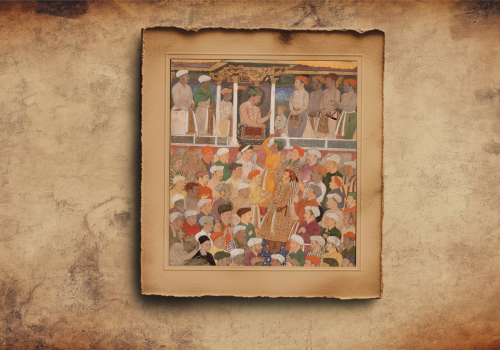Ajit Singh, like his father, continued to be an ally of Ranjit Singh in his campaigns of conquest and received favours from him. He built a bridge over the River Sarasvati at Thanesar, and received the title of Raja from Lord Auckland, the British governor general of India. In the first AngloSikh war, Ajit Singh fought on the side of the Sikhs against the British. He along with Ranjodh Singh Majithia crossed the Sutlej at Phillaur with a force of 8,000 men and 70 guns.
In rapid marches Ajit Singh and Ranjodh Singh seized the forts of Fatehgarh, Dharamkot, and Baddoval, and stole into Ludhiana cantonment, setting many of the barracks on fire. In the action fought on 21 January 1846 at Baddoval, Sir Henry Smith`s column was attacked and more than 200 of his men were slain. But Ajit Singh suffered a defeat in the action fought in `Aliwal after a week (28 January) and fled the battlefield. Ajit Singh`s estates were confiscated by the British in 1846 and he was arrested and detained at Allahabad. He, however, contrived to escape after killing his keeper and after long wanderings is supposed to have died in Kashmir.
References :
1. Suri, Sohan Lal, `Umdat-ut-Twarikh. Lahore. 1885-89
2. Griffin, Lepel, The Rajas of the Punjab [Reprint]. Delhi, 1971
3. Harbans Singh, The Heritage of the Sikhs. Delhi, 1983


